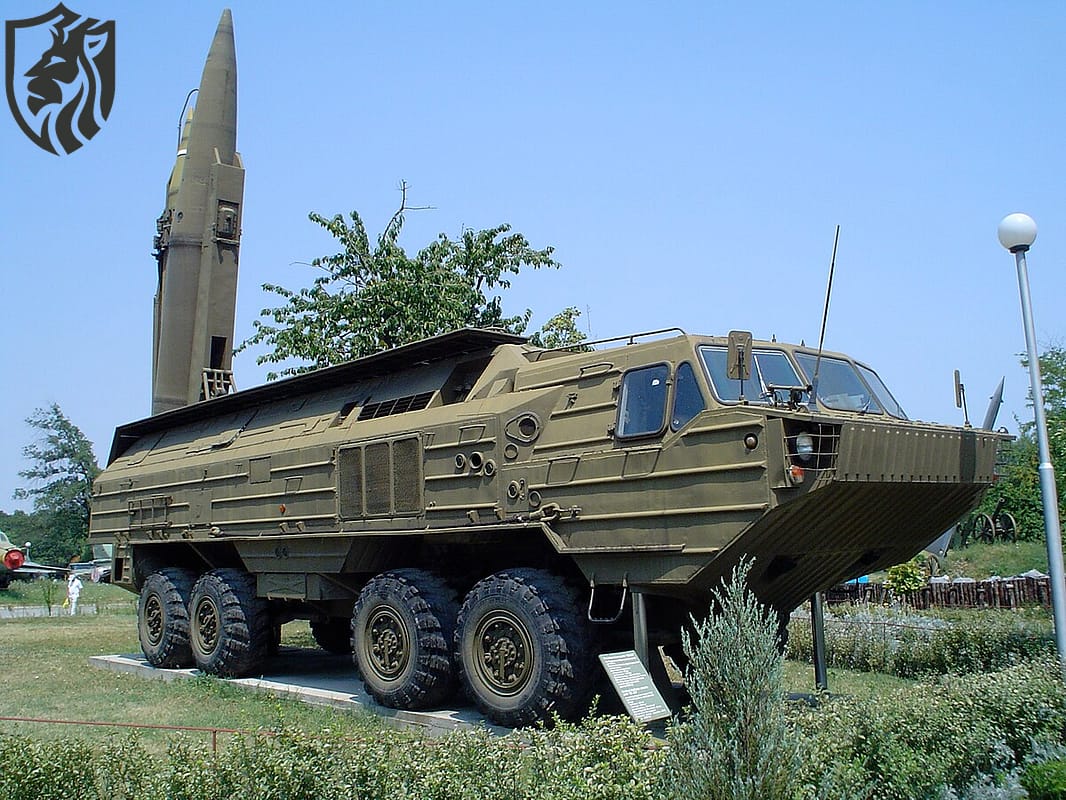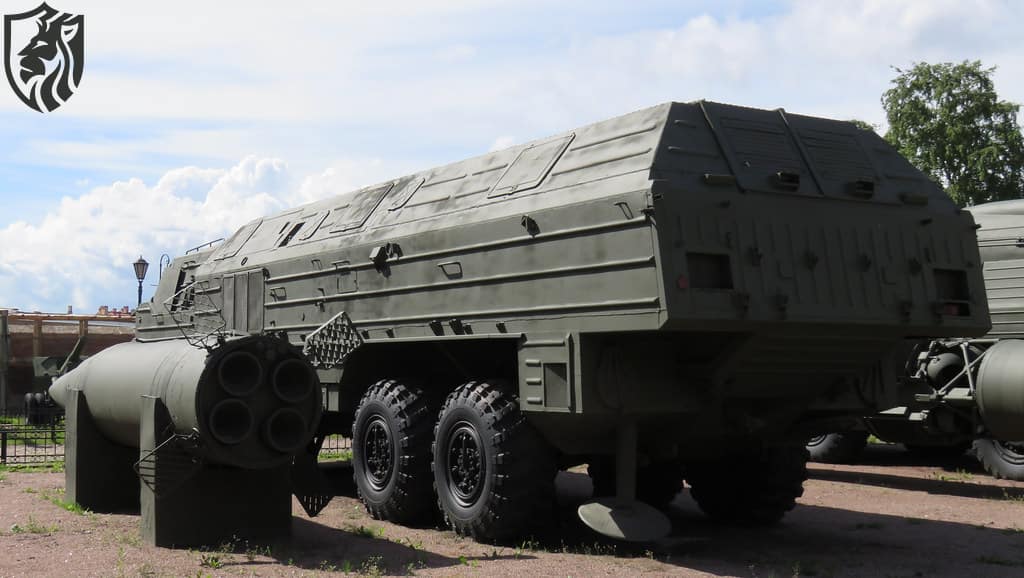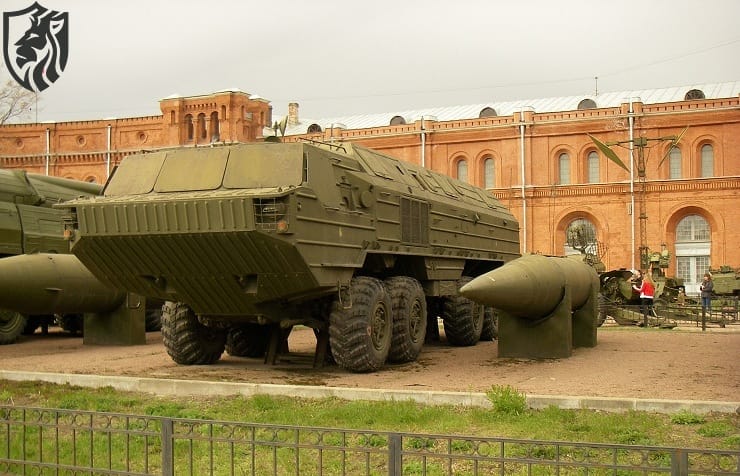
OTR-23 Oka
In the complex arena of modern warfare, technological advancements often emerge from the harsh realities of the battlefield. A recent Reuters report highlights how North Korean ballistic missiles, now deployed by Russia in Ukraine, are undergoing significant refinement. These once-crude weapons are evolving, challenging traditional military development concepts and heralding a new era of warfare. Accuracy has become paramount, and North Korean missiles are becoming increasingly lethal.
Improved Accuracy of North Korean Missiles
Ukrainian military sources report that the margin of error for these missiles has narrowed to between 50 and 100 metres. This marks a substantial improvement over earlier, less reliable versions. While this precision may not match the near-perfect accuracy of advanced American missile systems or Russia’s Iskander-M variants, it represents a significant leap forward. With warheads weighing several hundred kilograms, the damage inflicted within this error margin is catastrophic, particularly in densely populated urban areas or against critical infrastructure.

Interestingly, the accuracy of North Korean missiles now parallels that of the Soviet-era OTR-23 Oka. However, the North Korean models boast a greater range, extending up to 700 kilometres. This enhancement suggests that North Korea is not merely replicating older technology but actively improving it.
The Legacy of the OTR-23 Oka
The OTR-23 Oka, a cutting-edge weapon in its time, was phased out in the 1990s. Yet, North Korea’s relentless pursuit of military self-sufficiency has led to the development of a missile that rivals the Oka’s capabilities while extending its range. This raises the question: Did Russia facilitate technology transfers? Given Moscow’s longstanding ties with Pyongyang and the Iskander-M’s lineage from the Oka, it’s plausible that North Korea gained access to some components or operational insights.
Since late 2023, Russia has employed KN-23/24 variants, featuring 500-kilogram warheads and a range of approximately 700 kilometres. Initial batches were notoriously unreliable and inaccurate, used primarily in terror tactics to target civilians and deplete Ukraine’s air defence resources, such as the costly SAMP/T and Patriot systems.
Modernisation Through Battlefield Feedback
North Korea has tirelessly refined its missile capabilities, improving both manufacturing processes and design. This iterative improvement based on battlefield feedback is perhaps the most alarming aspect of this development. Building a weapon in a laboratory is one thing; refining it through combat experience is another. This process underscores the brutal efficiency of learning through conflict.
Russia, too, has embraced this philosophy. Known for its reliance on Soviet-era technology, the Russian military has adapted, refined, and innovated based on battlefield lessons. For instance, the Shahed-131/136 drones have undergone significant upgrades, with enhanced navigation, communication systems, and more potent 90-kilogram warheads. These drones, once crude tools for causing chaos, are now more precise and capable, showcasing Russia’s ability to modernise older technologies into formidable weapons.
The Evolution of Warfare in Ukraine
The ongoing conflict in Ukraine has forced Russia into a position of rapid adaptation. The inability to secure a swift victory has driven Russia to rethink its military strategies and capabilities. This has led to investments in both tactical innovations and technological upgrades, from drones to missiles. Russia is not only developing advanced systems but also refining existing technologies once considered outdated.
This conflict is a testament to a new phase of military evolution, where technology is transformed through combat experience. Each missile launched and each drone deployed contributes to the real-time refinement of weaponry. As nations learn from the battlefield, their weapons become more deadly, efficient, and capable of achieving their objectives.

Implications for Ukraine and Beyond
For Ukraine, the stakes are incredibly high. As Russia enhances its missile accuracy and drone capabilities, Ukraine’s air defence systems are more crucial than ever. Every interception and successful defence underscores the resilience of Ukraine’s military, operating with limited resources against an ever-evolving Russian arsenal. This conflict has become a testing ground for the future of warfare.
This is not just a story of destruction but also of innovation. The crude, unreliable missiles of yesterday are becoming tools of precision. The rudimentary drones of the past are now weapons of choice. The weapons of tomorrow are being forged in the fires of today’s battles, and the lessons learnt will shape military technologies for generations to come.
Conclusion
The Russia-Ukraine conflict is accelerating a new era in military technology, where combat experience drives the evolution of weaponry. This fusion of battlefield feedback and technological innovation is creating a rapidly evolving arsenal that will not only reshape the current conflict but potentially define the future of global military engagements. As the war continues, the world watches closely, anticipating how these developments will change the rules of engagement for years to come.
References
- Reuters Report on North Korean Missiles in Ukraine
- Military Analysis of OTR-23 Oka and KN-23/24 Variants
- Updates on Russian Military Technology from Defence Blogs
- Historical Context of Soviet-Era Missile Systems
- Recent Developments in Drone Technology from TechCrunch








